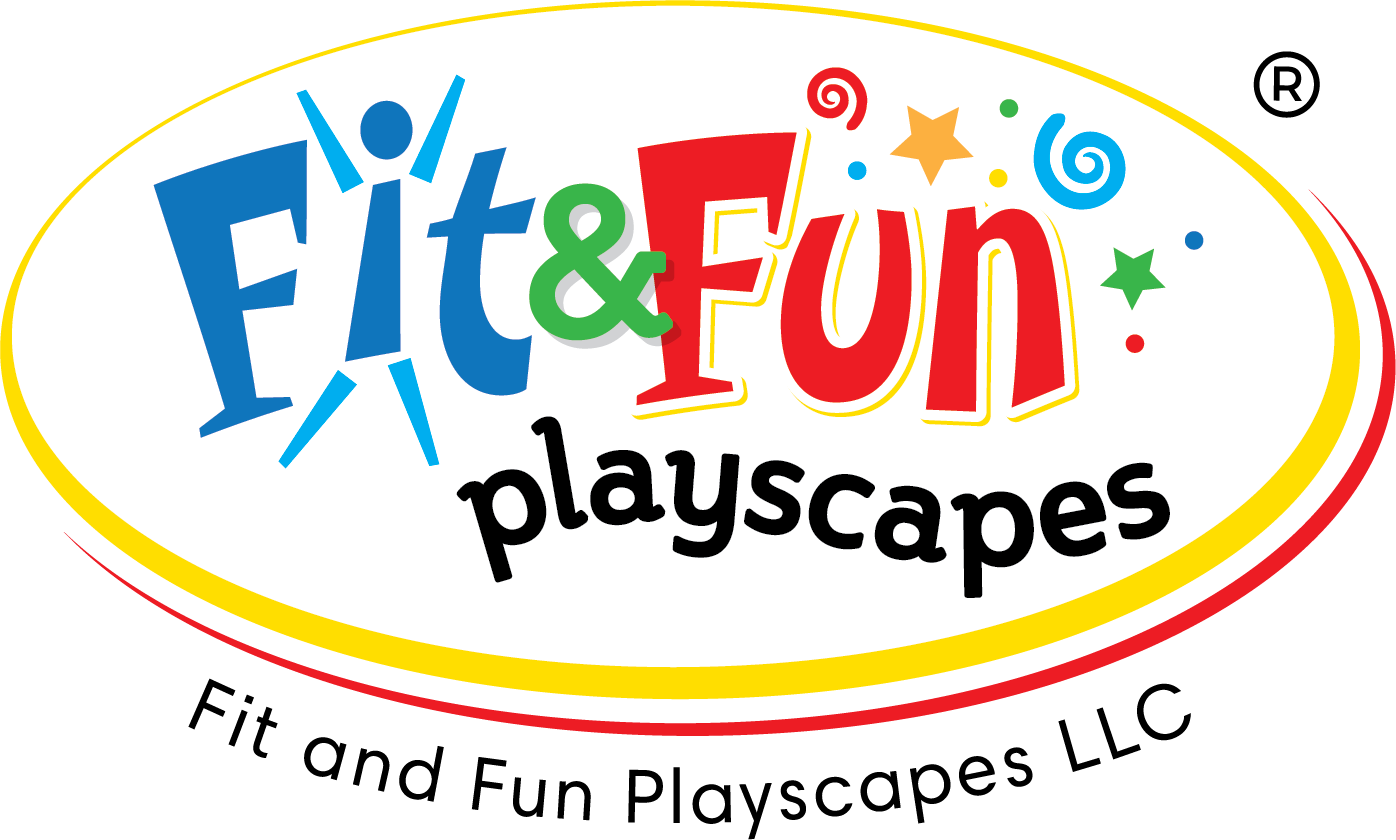Fidgeting In The Classroom: Understanding and Supporting Fidgeters
Learn about fidgeters and explore innovative and practical fidgeting techniques to help children focus and succeed in the classroom environment.
Understanding Fidgeting at School
Fidgeting in school is a common occurrence among children, and it can be a sign of various underlying needs or conditions, such as ADHD. Fidgeting can provide sensory input that helps to regulate a child's attention and focus. Understanding the reasons behind fidgeting and how to help is crucial for educators and parents to support children in a way that promotes learning and development.
Research suggests that controlled fidgeting can be beneficial for kids who struggle with concentration. Fidgeting can serve as a coping mechanism that allows students to release restless energy, which can, in turn, help them to feel more relaxed and ready to focus on their school work.
Identifying Appropriate Fidget Tools for Different Needs
Not all fidget tools are created equal, and what works for one child may not work for another. It's important to identify fidget tools that are effective, non-disruptive, and suitable for the school environment. Some popular fidget tools include stress balls, fidget spinners, desk-mounted fidgets, and textured tapes. Educators and parents should work together to find the most suitable fidget aids that cater to the child's individual needs. According to Fit and Fun's Founder and CEO, Pam, her youngest son was a determined fidgeter. Pam recalls "He would tap pencils relentlessly and it disturbed the other students in the classroom. One parent asked if their child could be relocated to a new classroom because of my son's fidgeting. It was embarrassing and I felt I needed to do something. This is why I thought of creating a series of decals or stickers to help him cope quietly."
The selection of fidget tools should also consider the child's sensory preferences and the potential for distraction to others. Quiet, handheld options may be preferred for the classroom to minimize disruptions. As a result of the experience of her son, Pam and her team created "Fidgetivities®" - which are calming and active motions for fidgety fingers. Taking popular recess games for legs and feet like hopscotch, infinity loops, and Copy Cat, the Fit and Fun team recreated these activities for fidgety hands and fingers. You can learn more here.

Integrating Fidgeting Techniques into the Classroom
Integrating fidgeting techniques into the classroom involves more than just allowing fidget tools; it's about creating an environment where students feel comfortable using these tools when needed. Teachers can set specific rules for when and how to use fidget tools, and incorporate movement breaks and sensory activities into the daily routine. Proper integration supports all students, not just those with ADHD or high sensory needs.
Teachers can also educate the class about the purpose of fidget tools to foster an understanding and acceptance among peers, and to prevent the tools from becoming distractions or points of contention.
Creating a Supportive Environment for Fidgeting
A supportive environment for fidgeting acknowledges the individual needs of students and provides the necessary accommodations for them to succeed. This includes having a variety of fidget tools available, creating 'fidget-friendly' spaces, and offering positive reinforcement when students use fidgeting techniques effectively.
Educators can also collaborate with parents and professionals to develop individualized plans that incorporate fidgeting as a strategy to enhance learning and concentration for children who need it.

Measuring the Impact of Fidgeting on Learning and Concentration
To determine the effectiveness of fidgeting techniques, it's important to measure their impact on a child's learning and concentration. This can be achieved through observational studies, feedback from teachers and parents, and academic performance metrics. Regular assessments can help to adjust strategies as needed and ensure that fidgeting techniques are having the desired positive effect.
Quantitative and qualitative data collection can provide insights into how fidgeting aids in maintaining focus, reducing stress, and improving overall classroom engagement. This data is invaluable for refining approaches to support all learners. However, ultimately it comes to determining if fidgeting tools help your learner concentrate by simply asking and observing.





Leave a comment